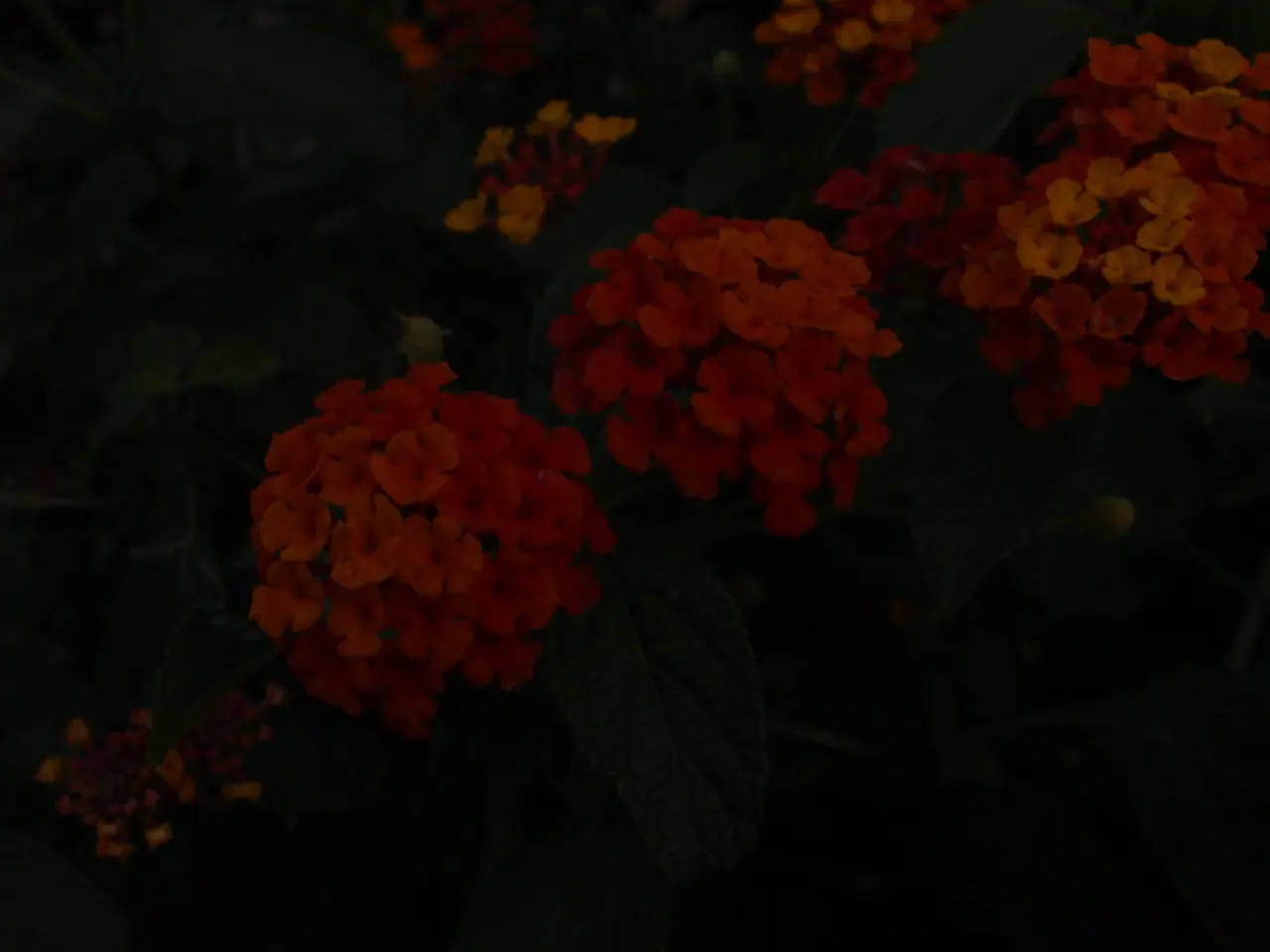Harvesting Seeds from Tough Yearly Flowers This Summer for Next Year's Cost-Free Cultivation
In the heart of gardening season, learning how to collect seeds from hardy annuals can be a rewarding and cost-effective way to ensure a bountiful bloom year after year. Follow these simple steps to collect and store your own seeds, giving you more control over where the plants will grow and serving as backups if seedlings don't appear.
Collecting Seeds from Hardy Annuals: A Step-by-Step Guide
- Wait for the right time: Harvest poppy seed heads, cornflowers, calendula, nigella, and other hardy annuals when their flowers have faded, dropped petals, and the seed pods have dried and turned pale beige or light brown. A gentle rattling when shaking the seed pod signals mature seeds inside.
- Choose a dry day: Collect seeds on a dry day, ideally in the morning after dew has evaporated or early afternoon, to avoid moisture that can cause mold and spoil seeds.
- Cut the seed heads: Use clean secateurs or sharp garden scissors to snip off the dry seed pods carefully.
- Extract the seeds: Hold the seed pod upside down over a bowl or paper bag and gently shake or tap it to release the tiny poppy seeds. You may also open the pod to remove remaining seeds and separate debris.
- Sort and dry the seeds: Spread seeds out in a dry, well-ventilated area away from direct sunlight for a few days to ensure they are completely dry.
- Store the seeds: Place dry seeds in labelled paper envelopes or bags (avoid plastic as it traps moisture) and store in a cool, dark place, such as a cupboard or shed.
Recommended Tools
- Clean secateurs or sharp garden scissors for cutting seed heads
- Bowl or paper bag to catch seeds when shaking pods
- Paper envelopes or small bags for storing seeds
- Labels and pen to mark seed types and collection dates
By following these steps and using the recommended tools, you can maximise seed viability for sowing next spring and enjoy new poppy blooms, cornflowers, calendulas, and other hardy annuals year after year.
Collecting seeds from hardy annuals can save money on annual flower varieties and provide bright color to flower beds and garden borders. For everlasting flowers, leave them to form seed heads and carefully shake or rub them over a tray to release the seeds.
Learning how to collect seeds from hardy annuals is recommended for gardeners of all abilities. It requires patience but is a valuable skill that benefits both your garden and your wallet. As Morris Hankinson, the founder and managing director of Hopes Grove Nurseries Ltd, a UK specialist grower-retailer of hedging plants, suggests, "Collect seeds from hardy annuals on a dry day in the morning after any dew has evaporated, or in the early afternoon."
Remember, moisture is the worst enemy of viable seed when collecting seeds from hardy annuals. Collect the now-dried seed heads and label them immediately. Store the dried seeds in labelled paper envelopes or bags in a cool, dark place until sowing time and don't forget to label them!
August is a good time to collect seeds from hardy annuals, and if you want to enjoy earlier blooms, you can sow hardy annuals straight away in autumn. Alternatively, you can store the seeds and sow them in spring for a beautiful display of flowers in the following season.
Happy seed collecting!
- By collecting seeds from hardy annuals like poppy, cornflowers, calendula, nigella, and others during the gardening season, you can boost your home-and-garden lifestyle by saving money and ensuring a bountiful bloom year after year.
- To enhance your lifestyle and garden, follow Morris Hankinson's advice, such as collecting seeds from hardy annuals on a dry day and storing them in labelled paper envelopes or bags in a cool, dark place until sowing time, for a future of luscious home-and-garden blooms.




